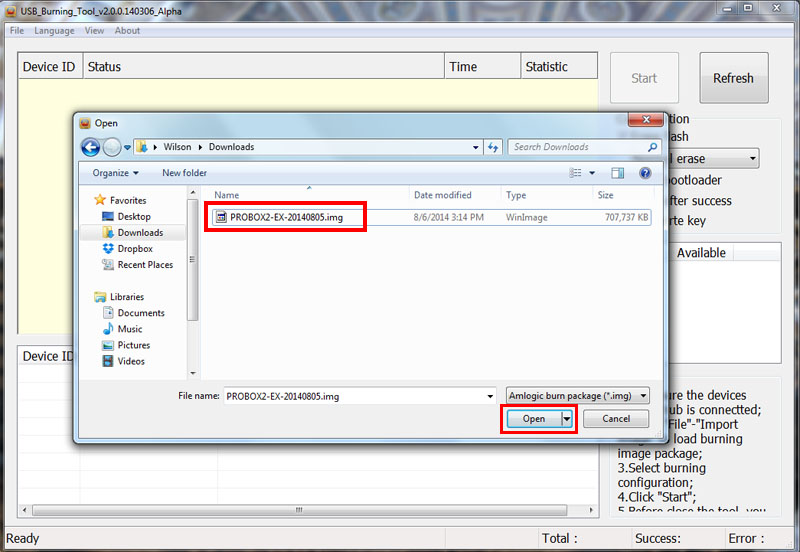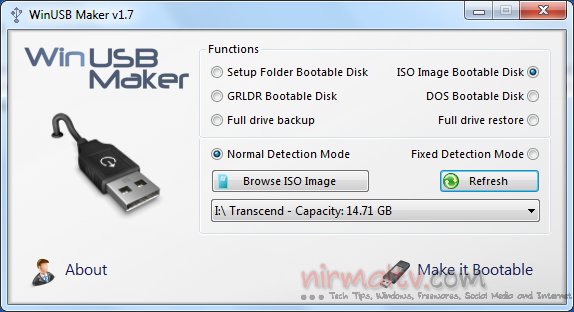
Type the following command to print a list of attached volumes on the Mac:.
 Attach the target USB drive to the Mac if you haven’t done so yet, then launch Terminal. You should back up the Mac with Time Machine before beginning. There is no confirmation, therefore it is critical you use the proper drive identifier and proper syntax to avoid erasing the wrong thing. This will erase the target volume, replacing whatever data is on the destination drive with the ISO contents. How to Copy an ISO File to a Target Drive Using ‘dd’ in Mac OS X That risk makes this method not appropriate for novice Mac OS X users, instead, those users should turn to the simpler approach of using Disk Utility to burn an ISO the traditional way instead.
Attach the target USB drive to the Mac if you haven’t done so yet, then launch Terminal. You should back up the Mac with Time Machine before beginning. There is no confirmation, therefore it is critical you use the proper drive identifier and proper syntax to avoid erasing the wrong thing. This will erase the target volume, replacing whatever data is on the destination drive with the ISO contents. How to Copy an ISO File to a Target Drive Using ‘dd’ in Mac OS X That risk makes this method not appropriate for novice Mac OS X users, instead, those users should turn to the simpler approach of using Disk Utility to burn an ISO the traditional way instead. 
By using sudo dd, there is little margin for error, and a wrongly implicated disk identifier could result in permanent data loss. It’s important to note this is somewhat advanced and should only be used by Mac users who are thoroughly comfortable with the command line. There are alternative solutions, but this command line approach using dd requires no third party downloads, it is quite fast, and is consistently reliable in producing bootable volumes out of ISO files. Mount the ESXi Installation ISO and copy all the contents from the ISO to the USB flash drive.If you have downloaded an ISO image of another operating system, say Ubuntu Linux or Windows 10, and you wish to turn that ISO image file into a bootable USB installer drive using a USB flash drive or USB key, you’ll find the most reliable way to copy or ‘burn’ the ISO to that target USB volume is by turning to the command line of Mac OS X.
Flag the first partition on the volume as active and bootable. Start the command line partitoner fdisk in interactive mode (You will need administrative privileges for this). Don’t forget to use the disk# number obtained in step 2. Unmount the USB Drive, Note: This is not the same as Eject. diskutil eraseDisk MS-DOS "ESXI" MBR disk# Now we need to format the drive with filesystem FAT32 and partition map MBR using the following command. You should now see another disk show up, in my case disk3. Insert the USB Flash then run the diskutil list command again. Open Terminal and list the mounted disks using the diskutil list command. Download the ESXi Installation ISO (I used ESXi 7.0b).






 0 kommentar(er)
0 kommentar(er)
